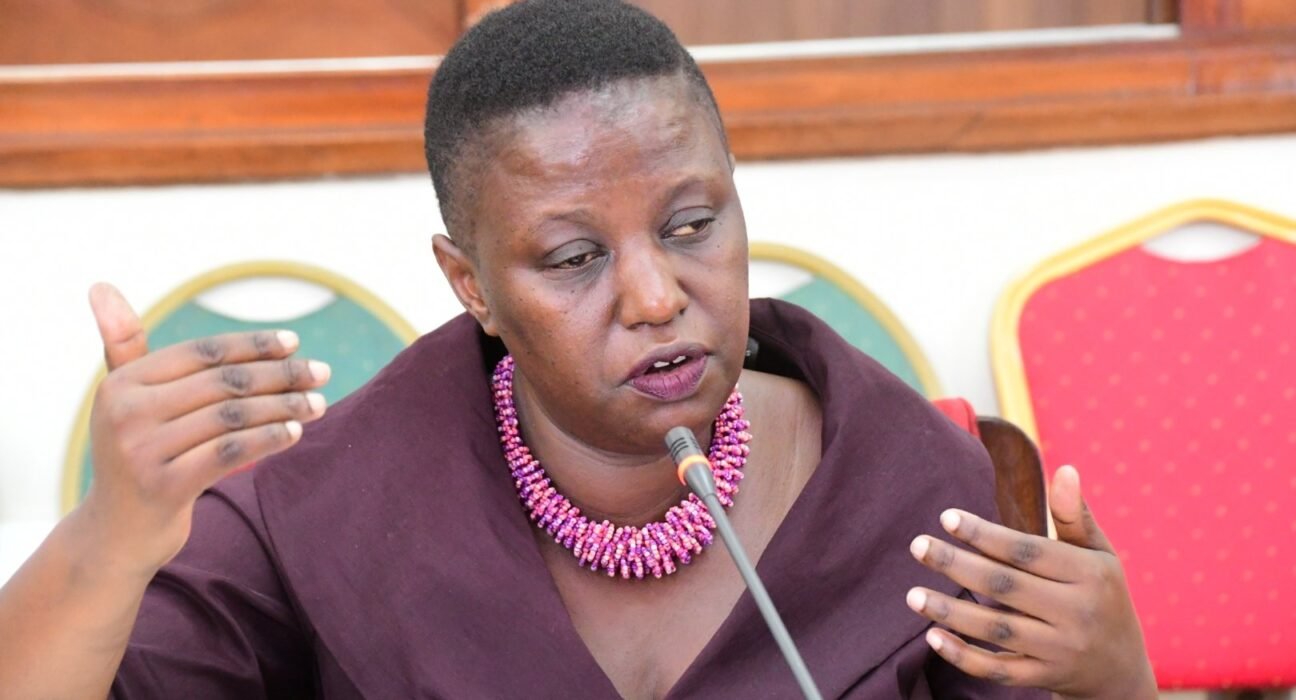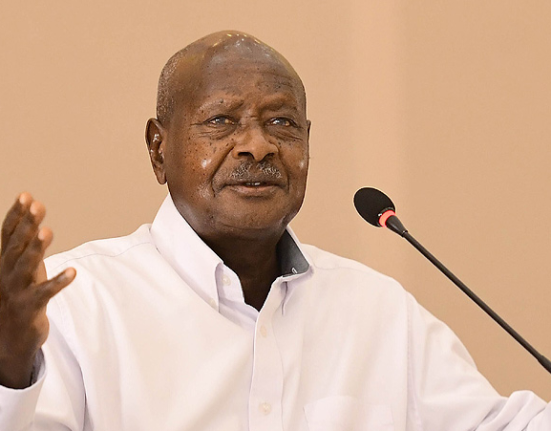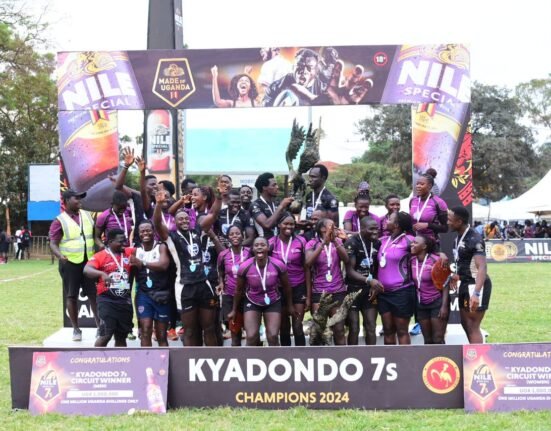Chairperson of Parliament’s Committee of Commissions, Statutory Authorities, and State Enterprises (COSASE), Medard Ssegona, chased officials from the National Identification and Registration Authority (NIRA) over confusion about two security printing companies.
This occurred on Monday afternoon as NIRA officials, led by Executive Director Rosemary Kisembo, interfaced with the committee.
COSASE MPs queried the process under which two companies were awarded contracts to print National Identity Cards. However, the NIRA officials failed to provide evidence of a legal procurement process.
The NIRA officials are now expected to return with details of the directors and shareholders of the two security printing companies, Veridos and Marlborough.
During the same meeting, ED Kisembo complained about the low staffing levels at NIRA. According to Kisembo, this has contributed to their unimpressive service delivery.
Since its inception in 2015, NIRA has been under fire from Ugandans over issues of poor service delivery. This has resulted in a number of people going years without important documentation such as National IDs and birth certificates.
NIRA staffing challenges
ED Kisembo acknowledged this challenge and blamed it on the low staffing levels. She surprised MPs when she said each officer is required to serve 80,000 unregistered Ugandans. This is a huge workload for the staff as some Ugandans travel 80-100 km to access services.
“NIRA was established in 2015. Today, it is nine years old. From the time of establishment to date, it has registered 27.4 million people with NIN. It has issued 17.3 million cards, although it has printed 20 million cards.” said ED Kisembo.
She also confirmed that since 2015, NIRA’s staffing levels have never exceeded 50%.
NIRA has offices in 112 districts, leaving 24 districts and 10 cities without their services.cShe highlighted a couple of districts like Kalaki and Kapelebyong that are very far from NIRA offices. In these districts, people have to travel between 80-100 km to access the nearest NIRA service center.
Kisembo also revealed that up to 1 million people on the register didn’t satisfy fingerprint requirements. For these, the biometric used for their identification is their face. This was in response to a query by Allan Mayanja (Nakaseke Central). Hon. Mayanja had asked Kisembo about the modalities that are being undertaken to help Ugandans whose fingerprints were destroyed in the line of work.
Discover more from Ugandan Exclusive
Subscribe to get the latest posts sent to your email.









